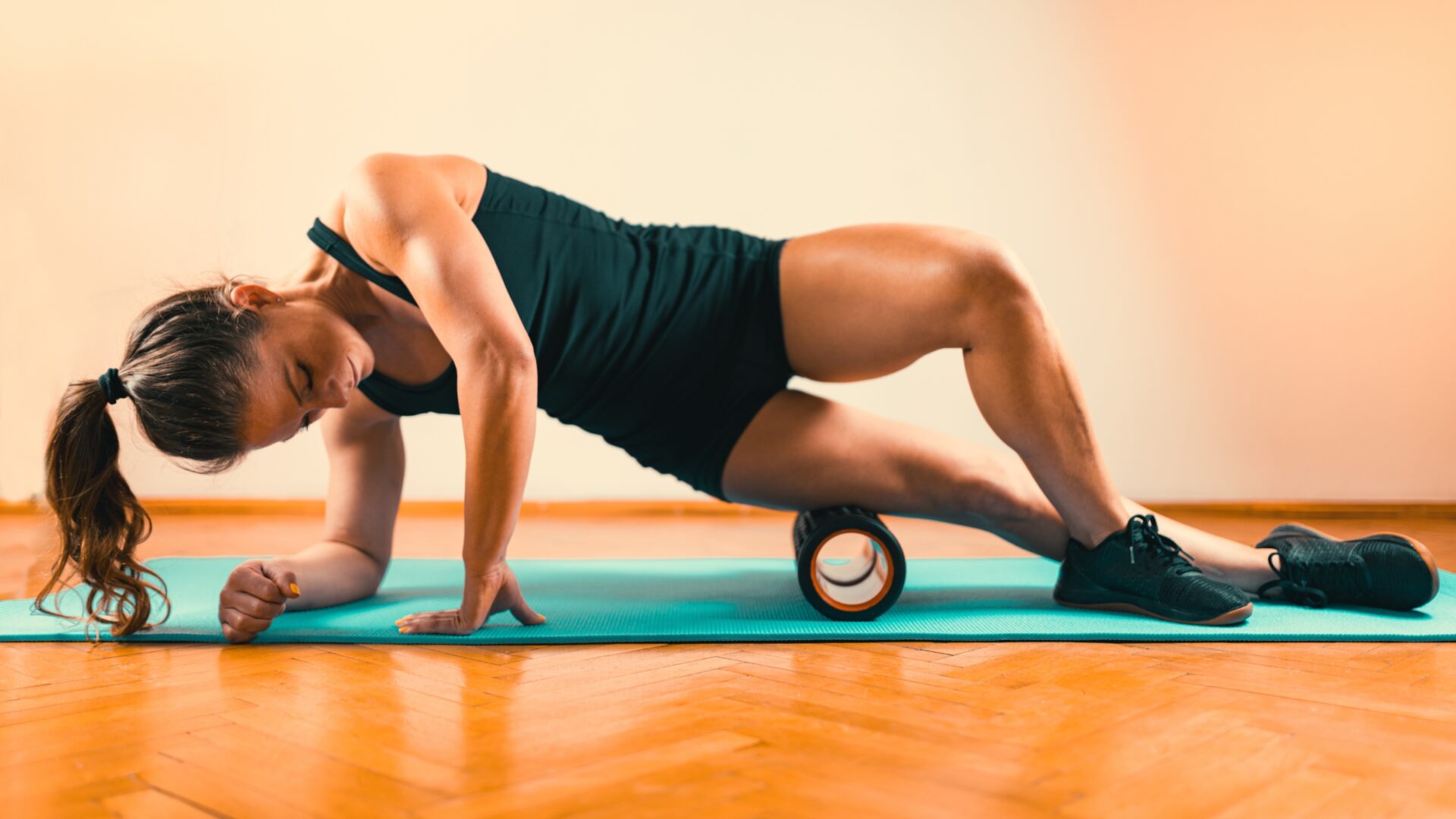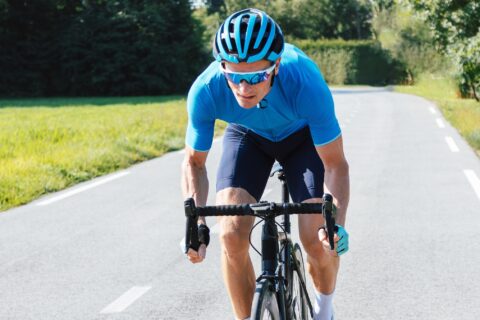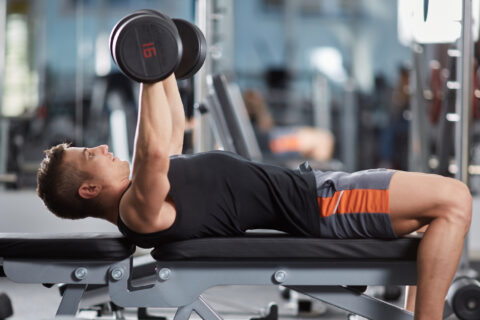Whether you’re walking around your home office, on a long run, or in the car, your knees are moving. And as your knee bends and straightens, your patella has to move with it. While our anatomy can be relatively variable as to where and how much the patella moves, it should be mobile and glide smoothly up and down on everyone. This kneecap tracking workout can help keep things moving the right way.
This workout isn’t going to change your bony or ligamentous alignment (which influences how your patella tracks), but it will focus on the soft tissue structures that most likely cause some kneecap tracking wonkiness and pain.
The exercises focus on the IT band and vastus lateralis (VL)—which can pull your kneecap out laterally—the vastus medialis (VMO) that provides stability to the inside of your knee, and hip mobility and stability, which is correlated to patellofemoral pain and abnormal tracking. [1]
This kneecap tracking routine takes 8-10 minutes and is designed for you to try 3-5 times to see improvement. The routine should be done when you are rested, so try it before you go out on that ride, or maybe on a rest day. For the final exercise, try to have a mirror or camera so that you can see yourself as you perform the movements.
RELATED WORKOUT: Knee Prehab Routine
Workout of the Week: Improve Kneecap Tracking
Warm-up
6-7 min. dynamic mobility:
- 15 × IT band and hamstring stretch, slowly on each side
- Foam roll TFL, IT band, and piriformis
Main set
Copenhagen Planks
- Lie on your side, place your elbow under your shoulder with your forearm flat on the ground. Put your top leg on a low chair or box. If your knee hurts, bend your legs so that your entire lower leg is supported on the chair.
- Lift your hips off the ground.
- Perform 2 × 10-15 sec. hold each side.
Banded Fire Hydrants
- Put a medium-resistance band around your thighs and get on all fours.
- Keep your spine straight and core engaged as you lift your bent leg out to the side.
- Perform 2 × 15 on each side.
Single-Leg Squats with Isometric Hip Abduction
- Stand with your side to a wall. If you have a ball, place it between your thigh and the wall.
- Lift your inner leg and press it into the ball (or directly onto the wall) and don’t let your hip sag toward the ground.
- Keep the pressure on the ball (or directly onto the wall) and slowly bend and straighten your outside leg. Watch to make sure your knee doesn’t dip toward the wall.
- Perform 2 × 12 on each side.
Cooldown
Jog 2-4 min. or start your training session
Reference
- Loudon JK. BIOMECHANICS AND PATHOMECHANICS OF THE PATELLOFEMORAL JOINT. Int J Sports Phys Ther. 2016 Dec;11(6):820-830. PMID: 27904787; PMCID: PMC5095937.




